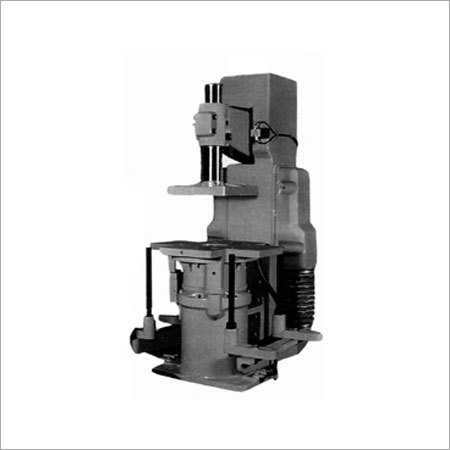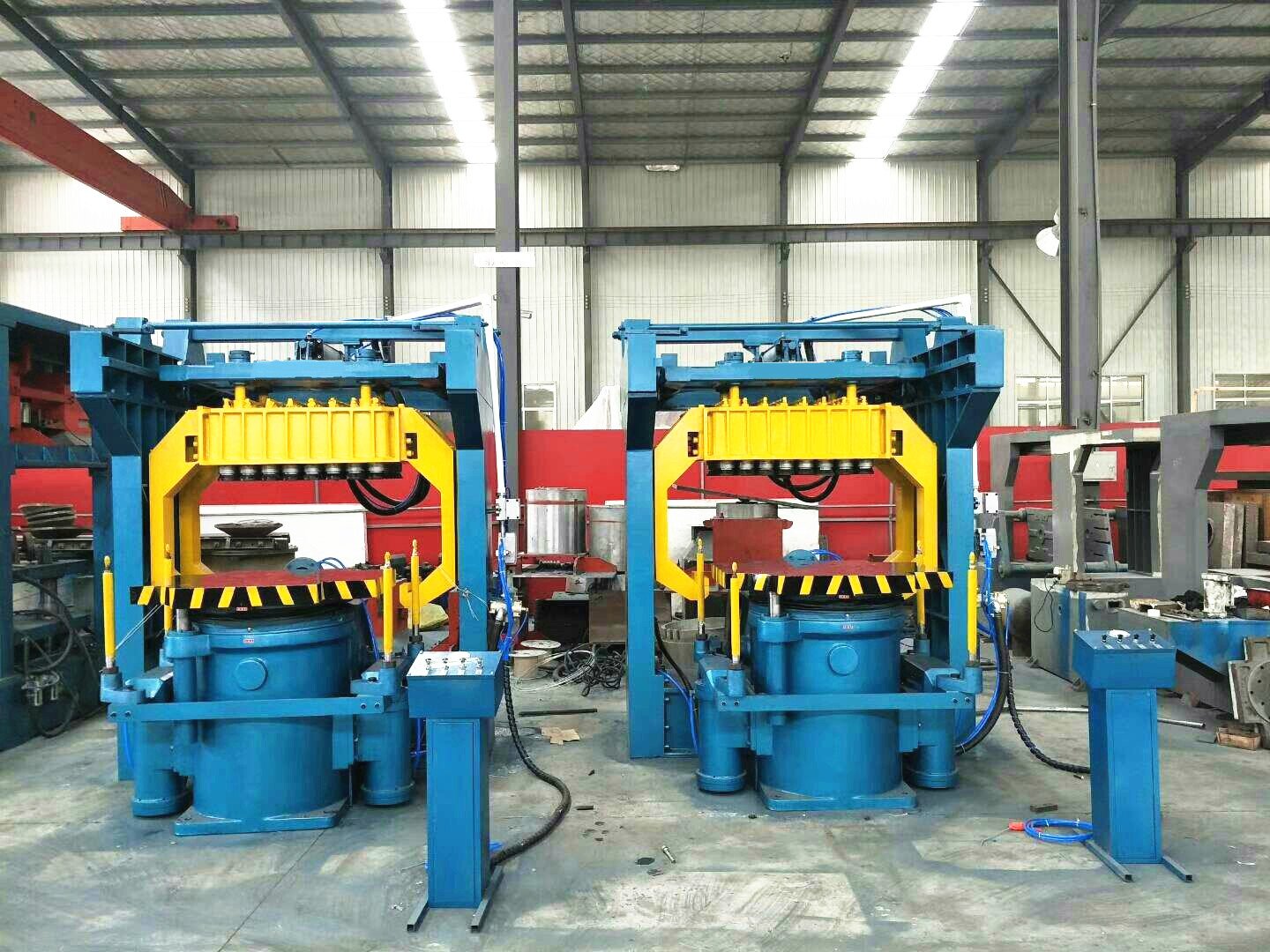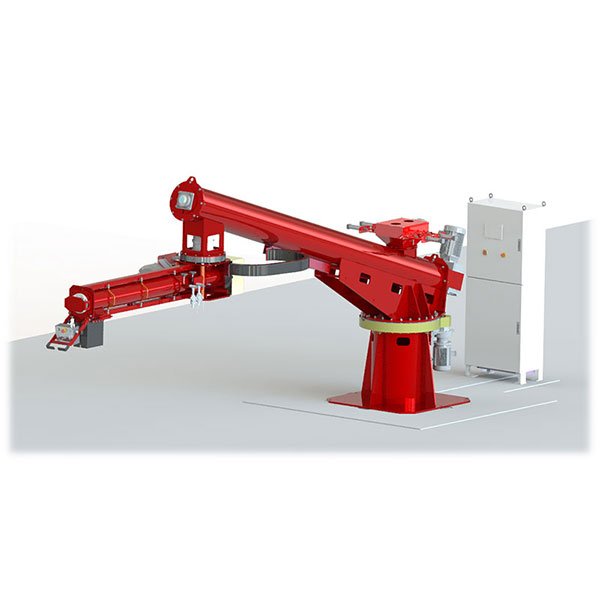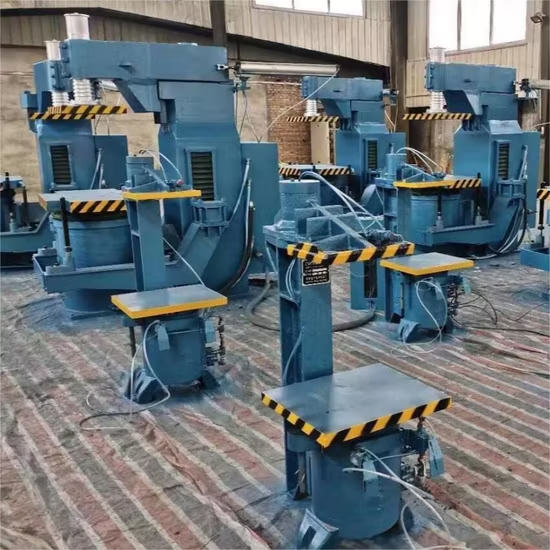A small casting defect can mean a total product recall or even a catastrophic machine failure in the field. I’ve seen it happen firsthand, and it’s never pretty.
Modern foundry machines bring tighter process control and repeatable precision, making them essential for anyone serious about quality and long-term reliability.
I want to share some personal stories and lessons I've learned helping clients reduce defects and improve casting accuracy. Let’s dive into what really causes defects and how the right equipment changes everything.
What Are the Most Common Casting Defects and Why Do They Happen?
Defects aren't just numbers in a report — they represent wasted time, lost money, and disappointed customers.
Most casting defects come down to inconsistent mold quality, poor pouring practice, and temperature variations that are easy to overlook but hard to fix later.
I remember a client who struggled with porosity for months. Despite using good raw materials, they overlooked sand moisture control, which led to trapped gas pockets. Once we upgraded their sand mixing system and trained the team to monitor real-time moisture, the rejection rate dropped almost overnight.
| Defect Type | Primary Cause | Impact on Parts |
|---|---|---|
| Porosity | Gas entrapment, poor venting | Weak zones, leaks |
| Shrinkage | Inadequate feeding | Cavities, shape distortion |
| Cold Shuts | Low metal temp, flow interruption | Incomplete fusion, cracks |
| Misruns | Poor fluidity | Incomplete molds, fragile edges |
| Inclusions | Sand breakdown, dirty melts | Internal cracks, surface flaws |
We can inspect and patch these problems later, but by then it’s often too late. Prevention, rather than correction, is what really protects your business.
Which Foundry Machines Can Improve Casting Accuracy and Prevent Defects?
Machines don’t just produce parts — they shape your brand reputation. I learned this the hard way working on urgent deadline projects where defects nearly derailed deliveries.
Key machines like sand mixers, automated molders, and core shooters create the foundation for consistent, defect-free castings.

Once, I saw a client insist on manual sand mixing to save on costs. Over time, their hidden costs skyrocketed — scrap, rework, and customer complaints piled up. After upgrading to an automated system with moisture sensors, their consistency improved, and ironically, they ended up saving more money.
| Machine Type | Why It Matters | Typical Defects Reduced |
|---|---|---|
| Sand Mixers | Stable mold consistency | Porosity, inclusions |
| Molding Machines | Accurate mold shapes | Misruns, cold shuts |
| Core Shooters | Clean internal passages | Core misalignment |
| Auto Pouring | Controlled metal flow | Gas pockets, shrinkage |
| Shot Blasters | Smooth, clean surfaces | Surface contamination |
I’ve seen many foundries jump straight to fancy inspection equipment without first fixing basic mold or sand preparation. It’s like buying a microscope to check food safety instead of simply washing your hands before cooking.
How Does Automation Further Improve Foundry Casting Accuracy?
Automation is not just about robots moving around; it’s about making real-time decisions that humans simply can’t react to fast enough.
Smart sensors and AI-driven adjustments help stabilize temperature, moisture, and flow rates to prevent defects before they even form.

I still remember visiting a foundry in northern Europe where they had a live dashboard showing sand moisture in real time. Watching the operator adjust settings from a tablet felt like sci-fi — but it worked. Their defect rate fell below 4%, and they no longer depended on post-casting corrections.
| Feature | Benefit | Real Impact |
|---|---|---|
| IoT Monitoring | Live process visibility | Fewer surprise defects |
| AI Diagnostics | Predict failures early | Reduced downtime |
| Traceability | Batch-level data tracking | Easier troubleshooting |
With automation, we move from a reactive to a proactive mindset. Instead of chasing problems, we prevent them.
Real Case Study: How an Automotive Supplier Cut Defects by 40% in 6 Months
A client in the automotive industry had been facing constant headaches with cold shuts and porosity. Their engineers were exhausted trying to troubleshoot batch after batch.
By introducing automated sand mixing and a robotic pouring system, they brought their defect rate down from 7% to just under 4% within half a year.
At first, the team hesitated to move away from manual pouring. But after we added thermal cameras and flow rate sensors, the numbers spoke for themselves.
| Metric | Before | After |
|---|---|---|
| Defect Rate | 7% | 3.8% |
| Moisture Control | ±10% | ±2% |
| ROI Period | — | 18 months |
Beyond saving on scrap, they gained trust with OEM clients and unlocked higher-volume contracts. Sometimes, the real return on investment is the new business you can win because your reputation improves.
How to Choose the Right Foundry Machines for Your Needs?
Buying new machines isn’t about ticking boxes on a spec sheet. It’s about finding tools that actually match your workflow and goals.
Look at part complexity, volume, and integration to make sure equipment investments truly help you reduce defects and boost quality.

When I visit customers, I always ask:
What kind of parts do you produce?
Highly detailed parts need top-tier core shooters; simpler parts may need stronger focus on mold uniformity.What is your production scale?
Mass production benefits most from automation. Specialty runs can work with flexible semi-automated setups.Can your line handle upgrades?
New equipment often requires layout changes or staff retraining — always plan for this early.What support will you get?
Reliable service, training, and parts supply make or break a new system’s success.
| Factor | Large-Scale Plants | Low-Volume Plants |
|---|---|---|
| Automation | Fully automated | Hybrid or manual possible |
| Part Detail | Needs precision cores | Focus on mold quality |
| Line Fit | Seamless flow required | Flexible integration |
I’ve seen companies spend big on equipment only to struggle with operator resistance or integration issues. The best machine is the one your team can use confidently and effectively.
What Are the Future Trends in Foundry Machines for Higher Accuracy?
The foundry world isn’t standing still — new technologies are pushing accuracy and efficiency to levels we only dreamed of a few years ago.
AI inspection, 3D sand printing, and sustainable process innovations will shape the next generation of defect-free casting.

I recently visited a facility using AI vision systems that can detect tiny cracks invisible to the human eye. Meanwhile, 3D sand printing opens up design possibilities we couldn’t touch before.
| Trend | Why It Matters |
|---|---|
| AI Inspection | Instant, precise quality checks |
| 3D Sand Printing | Design freedom, rapid prototyping |
| Green Tech | Reduced energy and emissions |
In addition to technical improvements, these trends also support stricter environmental regulations and customers’ growing demand for greener production methods.
Conclusion
Investing in better machines isn’t just about equipment — it’s about building a culture of quality and reliability. From my experience, advanced foundry systems pay back in ways that go beyond scrap reduction: they strengthen your brand, win new customers, and secure your future in a competitive market.







